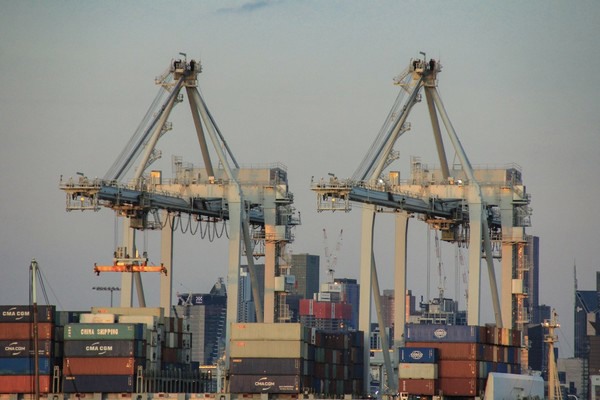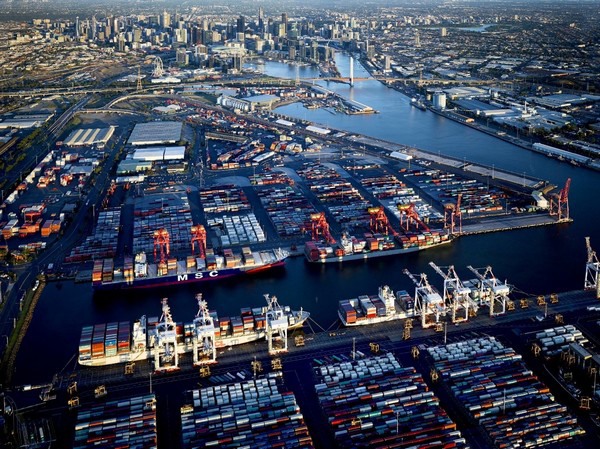Each year approximately 28.8 thousand boxes (TEU) of fresh fruit are exported through Port of Melbourne, based on a three year average.
The last five years has seen a compound annual growth rate (CAGR) of 5.2%, with 2021 seeing 27,804 TEU of fresh fruit exported through the Port. 2021 was the first time in five years we saw a decline in
total fresh fruit exports, down 9% in total TEU from 30,134 TEU in 2020. This is largely attributed to labour and seasonal issues experienced in Australia.

The top three export destinations (Hong Kong, Japan and China) have remained steady the past five years, taking 55% of total fresh fruit exports between them in 2021. Key growth markets include South Korea, Philippines and Vietnam.
Port of Melbourne is Australia’s largest container port with approximately 25 shipping services calling each year.
Time to market is critical when exporting perishable products, with many lines calling Melbourne offering weekly sailings with direct port connections. The Port’s connectivity to key fresh fruit growing regions by both road and rail is part of the critical infrastructure supporting the network, including available reefer plugs at the Port to enable flexible supply chains for exporters.

Port of Melbourne has a 30-year strategy (Port Development Strategy) which involves a capital expenditure program of $1.5b over the next 20 years to enable the capacity required to support greater east-coast trade activity. These projects are designed to enhance port capacity and support both economy and key growth categories like fresh fruit.
Some of these projects have already commenced, and they include:
- The Port Rail Transformation Project (PRTP) aimed at seeing more containers moved by rail more efficiently, by-passing roads in inner Melbourne. The project will increase rail terminal capacity and improve rail terminal operations allowing direct access to on-dock rail at the Port.
- Development of metro intermodal hubs supporting metropolitan shuttle trains into the port enabling faster turnaround of trucks and regional trains.
- Webb Dock East Expansion Project to reduce port congestion, improve efficiency and accommodate larger ships.
For more information:
Leatrice Treharne
Port of Melbourne
leatrice.treharne@portofmelbourne.com
